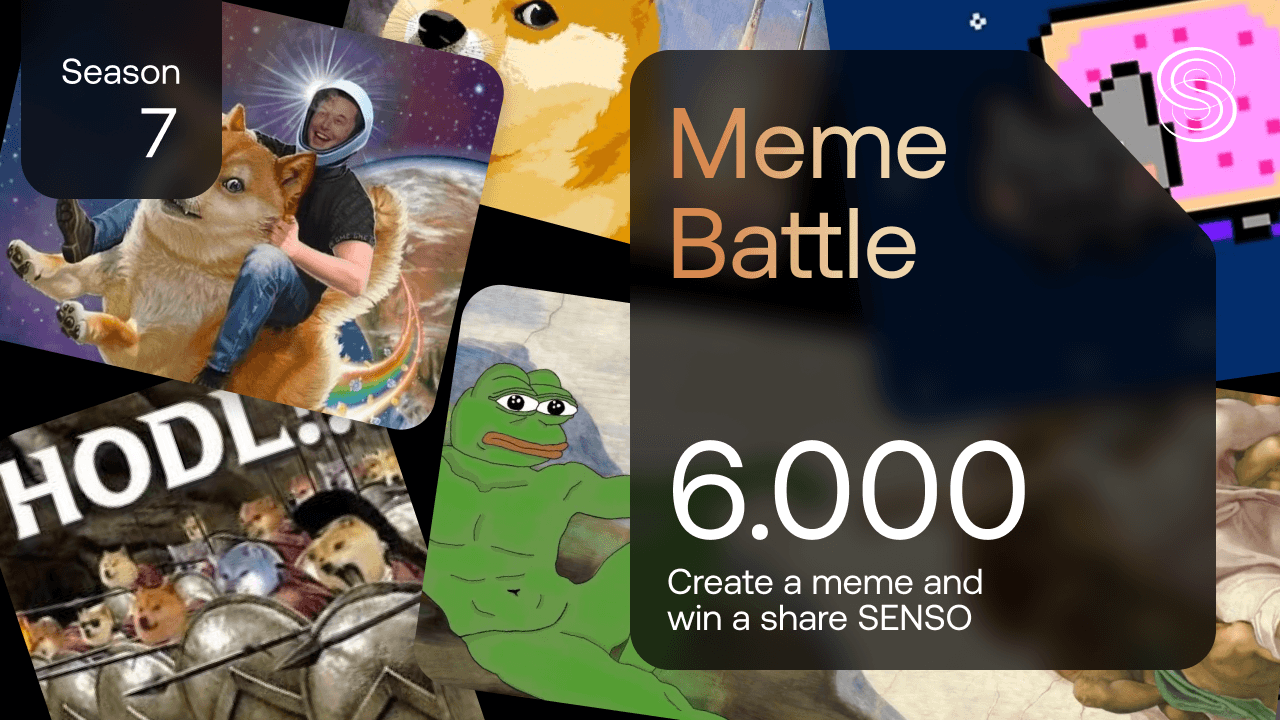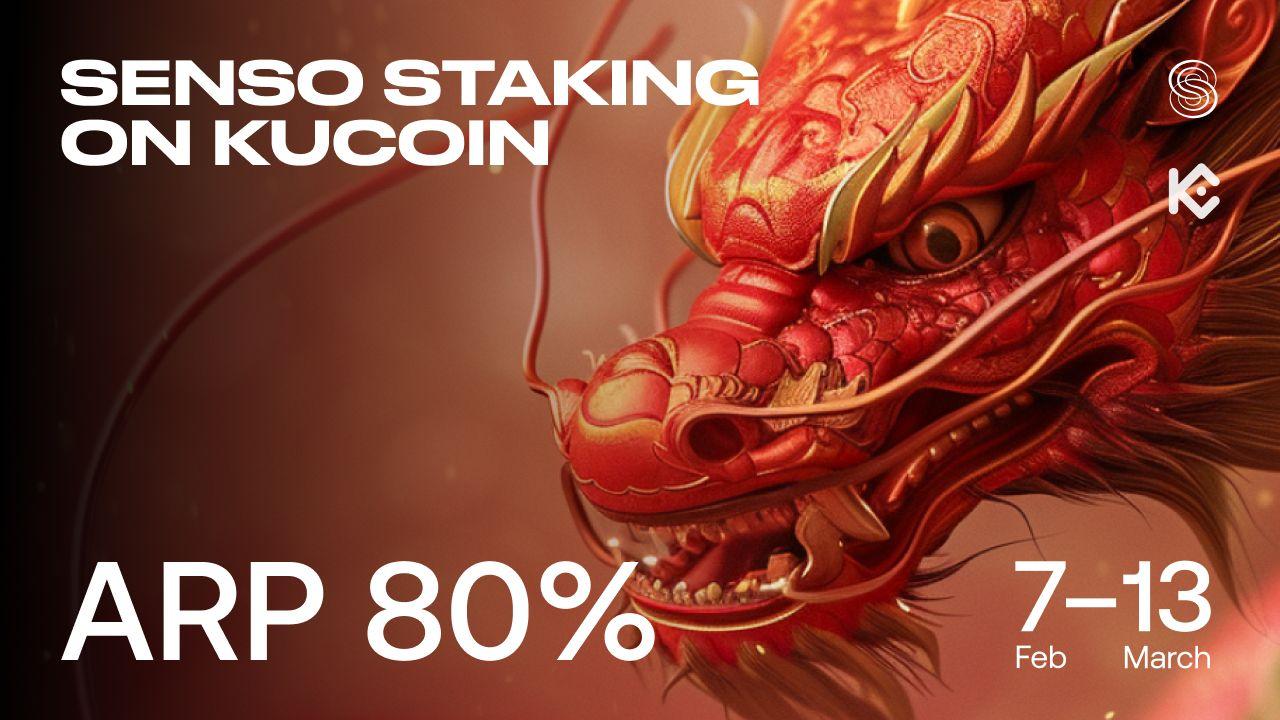Blockchain was one of the hottest, if not the biggest, of all tech trends in 2021. And as cryptocurrencies and other blockchain-based assets go mainstream, a greater spotlight has been put on the use cases of the technology across industries and sectors of society. The potential it has to address a vast number of shortcomings of the digital world, including security, transparency, ownership and trust, has forever changed the landscape of technology.
Most people will traditionally associate blockchain with the cryptocurrency craze and define it as the technology that underpins Bitcoin, but it’s much broader than that. The rise of NFTs is paving the way for a wider adoption of the technology, popularized by play-to-earn games like Axie Infinity and digital art collections including the Bored Ape Yacht Club and CryptoPunks.
So with blockchain on everyone’s lips nowadays, we put together a list of the top blockchain trends that will shape 2022 and how they’re likely to impact the adoption of the technology by businesses and consumers.
GameFi

2021 was the year when interest for blockchain-based gaming exploded - and looking at the pace of growth, that’s unlikely to change anytime soon. Globally, the gaming industry is expected to reach $219 billion in 2024 and blockchain will continue being a major player in this ascent. 2022. Unlike the traditional business model that shaped the world of gaming for decades, blockchain introduces new elements in gaming that weren't possible before, allowing players to have real ownership over in-game assets, like avatars and weapons, and to freely exchange them in return for financial rewards. Moreover, players can transfer assets between gaming ecosystems, while retaining full custody, or choose to lease their digital possessions to other players in exchange for a cut of their profits. As such, these games fall under the newly-minted Play-to-Earn model where gamers are financially compensated for the time and effort invested in a game.
This is enabled by GameFi, combining decentralized finance (DeFi) and non-fungible tokens with blockchain gaming.
Much of the popularity of this crypto trend can be traced to the craze surrounding non-fungible tokens (NFTs), which are digital certificates that work as a proof of ownership and authenticity of unique virtual assets. GameFi has become so hot that players around the world have made it their full-time occupation, as games like Axie Infinity and Splinterlands, and the cryptocurrencies associated with it, took off in 2021.
The combination of the thrill of old-fashioned gaming with the possibility of making big bucks by creating, buying or selling blockchain NFTs has clearly struck a chord with players all over the world as the number of gamers is expected to hit three billion by 2023. GameFi not only democratizes gaming but it also brings a new set of participants to the industry, thus creating new economic opportunities for creators and players alike.
Given its soaring popularity, GameFi is a blockchain trend - and one of the most transformative technological innovations - that will continue playing out in 2022.
DAO

Traditional gaming has relied on a centralized system that meant that studios and gaming companies had power over virtually every aspect of the mechanics of a game, diminishing opportunities for players to have a say in things like design or narratives. GameFi has upended not only the economics of gaming, but it has also let players have a bigger bigger stake in games and a participation in decision-making.
This is made possible by a model known as Decentralized Autonomous Organization (DAO), one of the fastest growing crypto trends.
Inside a DAO, control is shared among a group of people, where each person has an equal say and it’s able to put forth proposals and suggestions. In gaming, for example, players holding tokens (also known as governance tokens) can join a DAO and enjoy voting rights on an equal basis. DAOs abolish the need for intermediaries and rely on smart contracts to lay out the rules of a group and execute decisions. Since DAOs run on blockchain tech, all of this is recorded on a ledger and a group vote is required before any changes are implemented. This type of use of blockchain lends equality and transparency to systems and organizations.
2021 saw DAOs in action beyond gaming, as was the case with a group of more than 17.000 people known as ConstitutionDAO who attempted to buy a copy of the United States Constitution up for auction last year, after collectively raising over $40 million. They may have lost the bid in the end, but it put the spotlight on the potential of DAOs as one of the most powerful uses of blockchain technology.
This year, we can expect blockchain-based collectives taking over a number of sectors, from financial organizations and nonprofits to politics and non-governmental institutions. And this is a trend that will also play out in the public arena with the emergence of more metaverses in 2022, including Sensorium Galaxy, who’s own DAO functionalities will be powered by its in-platform currency SENSO (we’ve detailed it all in our whitepaper).
DeFi

There’s no talk about what’s in store for blockchain in 2022 without mentioning DeFi.
Decentralised finance, also called DeFi, refers to a financial system built using blockchain, primarily Ethereum. It essentially enables users to access aspects of the financial world that are traditionally supported by banks, such as loans and insurances, but more efficiently and without the hassle that comes with having an intermediary.
DeFi apps are supported by smart contracts - agreements programmed into code - which are impossible to be tampered with, irreversible, automated and transparent. Unlike traditional finance, DeFi leverages blockchain and smart contracts to create financial systems that are permissionless, immutable and completely transparent.
2021 saw the total value locked of DeFi assets reaching $100 billion USD on Ethereum alone and forecasts point at a significant rise in 2022, with the arrival of more DeFi applications and further acceptance of cryptocurrencies leading the way.
This coming year we can surely count on exciting new blockchain developments when it comes to DeFi.
NFTs

From mystery to mainstream, NFTs had a remarkable run in 2021, becoming the biggest blockchain trend at the moment. And despite a slowdown towards the end of the year, the NFT market is again picking up in 2022 with marketplace OpenSea posting a record trading volume in January, on track to exceed 6 billion by the end of the month.
Non-fungible tokens have been largely associated with digital art, but this year is likely to see a major consolidation of the use of NFTs in areas like music and real estate, while also pivoting to other segments like supply chains, patenting and entertainment, as more aspects of real-life become digitized.
The value of non-fungible tokens derides is tied to the guarantees they provide of authenticity, uniqueness and ownership of assets, including physical items, which in turns leads to digital scarcity. No wonder then that major companies are jumping on board the NFT market and creating their own non-fungible tokens across a range of arenas like fashion, collectibles, philanthropy and more recently green blockchain initiatives. Other NFTs can, for example, enable automatic royalty payments which can be particularly useful in industries like music and art.
The emergence of the metaverse has added another utility case for NFTs, opening up new opportunities for creation and innovation. Inside Sensorium Galaxy, for example, users will be able to create and customize their own virtual beings, and co-create pieces of original content like dance choreographies, all in the form of NFTs that can easily be bought, sold or exchanged in the metaverse’s marketplace using SENSO.
But really, with NFTs now touching pretty much all aspects of everyday life, we can expect 2022 to see the rise of more NFT marketplaces, a greater adoption of the tokens by businesses and NFTs being routinely used for aspects like ticketing and financing.
Regulation and Taxation

With interest comes scrutiny. And crypto sure has gotten plenty of the government's attention lately. The regulatory scene is more than likely to heat up in 2022, as countries across the world try to cool off the crypto boom - and bring in the taxman, too.
While in the U.S. the Biden administration has called on Congress to pass strict legislation on stablecoins, after introducing new tax rules as part of the infrastructure bill passed last November, the issue has taken a back seat for now as the country grapples with more pressing economic problems. As such, we're more likely to hear news on the EU front, with the bloc moving swiftly to regulate crypto assets under the Markets in Crypto-Assets (MiCA) framework proposal. While still under consideration, there’s no indication it will face resistance before approval.
China led the headlines after banning crypto altogether last year, in a drastic move for the world’s second largest economy whose stance toward crypto was fraught with uncertainty for the better part of the last two years. When it comes to Beijing, it’s hard to predict what could happen next, but for now it doesn’t look like a change of heart is on the cards. Digital currencies are also banned in a number of countries and others remain reluctant to adopt Bitcoin or other digital currencies.
More government involvement in 2022 could take shape in the form of Central bank digital currencies (CBDCs), as central banks across the globe - from France, Sweden, India, China and the UK - take a closer look at blockchain solutions and consider the benefits of introducing a new form of currency backed by central banks and governments rather than created by private companies.
While it has banned crypto, China has encouraged the use of digital yuan, backed by the People’s Bank of China (PBOC), with the number of wallets using e-CNY ascending to 261 million at the end of 2021. The EU has equally been testing the idea of a digital euro, whose first trials were considered a success by the central banks of Switzerland and France.
2022 will see the project of CBDCs coming to life, the crypto world can expect to see intensified regulation while blockchain adoption takes shape.
Blockchain and the Metaverse

When it comes to exciting tech trends, blockchain and the metaverse reign supreme as the applications of the blockchain infrastructure in virtual worlds continue drawing intense interest from businesses and consumers alike.
Firstly, emerging virtual environments are looking to integrate crypto into their virtual platforms as a way of powering digital economies and letting users complete financial transactions, be that buying digital clothing, merchandise, collectibles or accessories, while doing so as easily as they would in the real world. Cryptocurrencies are then an integral and much-needed element of virtual words, made possible by blockchain technology.
Besides helping establish digital currencies, blockchain is the building block of NFTs (as previously touched upon), uniquely identifying digital assets and tracking ownership, independently of a central authority. These features are another crucial aspect of the metaverse, where users want to participate and have ownership over assets including virtual beings and real estate, and create original experiences like mini-games that can be enjoyed by other users inside virtual worlds.
Sensorium Galaxy relies on blockchain to power its virtual worlds, making use of SENSO to mint NFTs, support transactions and exchanges, unlock experiences, purchase tickets and events, among other functionalities. Users can expect to find a thriving and fair virtual economy at all times, which enhances their experience in the metaverse. Recently, we announced some major updates in that regard, with a migration to the Wakatta blockchain as part of a move to guarantee faster blockchain transactions (30 times faster than Ethereum, to be more precise), make transaction fees cheaper at under $0.001, and support a greater amount of operations within our metaverse marketplace. On top of that, Wakatta will also connect Sensorium Galaxy’s currency SENSO to the Polkadot ecosystem, delivering better competitive conditions for SENSO token holders (you can find all the details here).
Without blockchain technology, the metaverse concept as currently envisioned will never be made possible, becoming perhaps just another version of a centralized social network like Facebook (now Meta).
As such, the technology will continue being one of the hottest blockchain trends in 2022 as blockchain is further integrated into virtual worlds and leading to major moves in the metaverse landscape this year.




